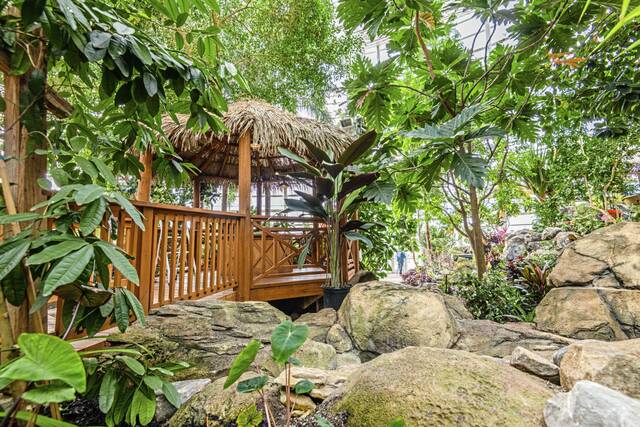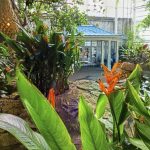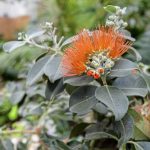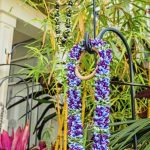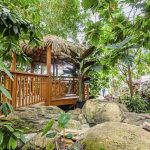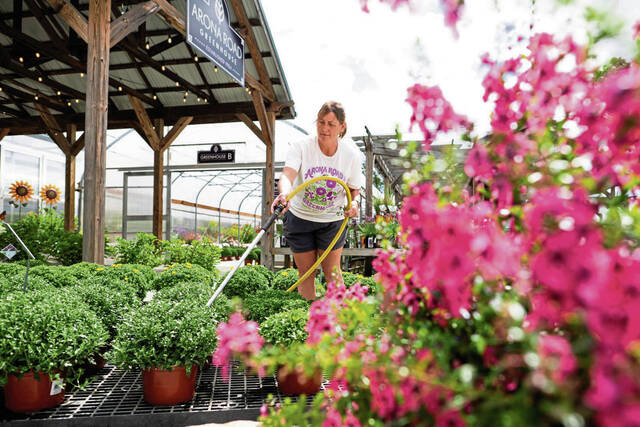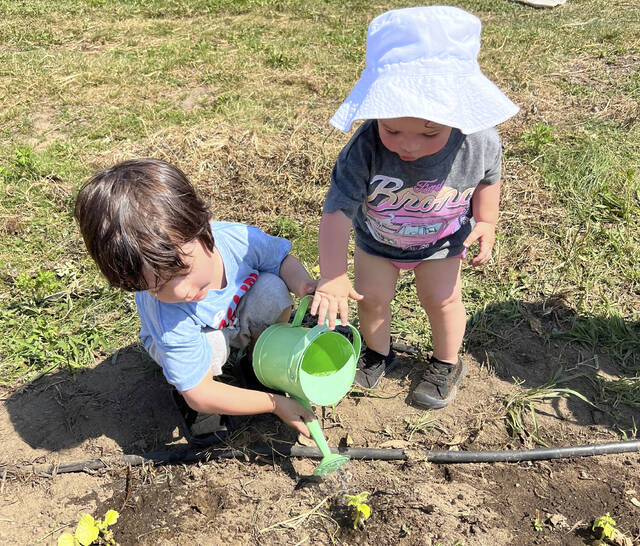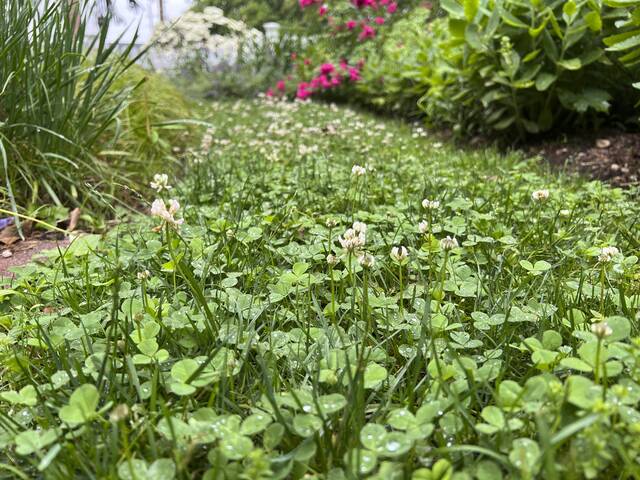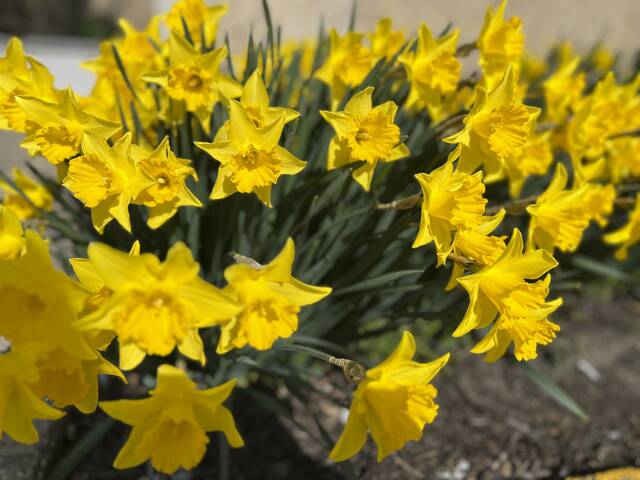Nature, history and culture intertwine in “Tropical Forest Hawai’i: Aloha ‘Aina,” a new long-term exhibition in the Tropical Forest Conservatory at Phipps Conservatory and Botanical Gardens in Pittsburgh.
The major redesign of the 12,000-square-foot, 60-foot-high space is the result of a multi-year process of research and planning that took Phipps staff members to the Hawai’ian Islands to observe and explore the land and culture firsthand.
“We wanted to do Hawaii because it’s the focus of a lot of research happening right now into biocultural conservation,” said Adam Haas, interpretive programs manager at Phipps. “We’re looking at indigenous knowledge systems and how land had been vantaged for a long time.
“In this case, Hawaiians are looking at restoring some of those systems and how they can thrive in modern times,” he said.
The name of the exhibit, “Aloha ‘Aina,” translates to “love of land.”
“Part of this Hawaiian worldview is that we are part of nature and nature is part of us. They see nature as part of the family,” Haas said. “If you were to go hiking in the forest, it would be good form, or protocol, to make an offering or set an intention and say, I’m going to be respectful here.
“Like, you wouldn’t just go into a loved one’s house and turn on the TV and kick your feet up and not say hello,” he added. “The same is true there.”
Visitors to the exhibit first see a model canoe and a star map, representing the first Polynesian voyages to Hawaii. Ocean sounds permeate the space.
“You walk into the space of the ‘wao akua,’ or the sacred realm, the idea being that in Hawaii the highest places were the sacred realm,” Haas said. “That was part of the religious system, and that’s also where the freshwater came from, the basis of their agriculture and aquaculture.
“As you went farther down the mountains, you came into the ‘wao kanaka,’ below the ridgelines to the shore, where the people lived and worked and played,” he said.
As Phipps visitors make their tropical journey, they will see:
• Acacia koa, one of the fastest-growing trees in Hawaii and a popular wood source for canoes, surfboards and ukuleles;
• Brighamia insignis, or ‘olulu, sometimes called “cabbage on a stick” in reference to its signature rosette of cabbage-like leaves;
• Beach naupaka, or naupaka kahakai, a large, bushy shrub known for its medicinal properties, edible fruit and lovely white flowers;
• Hala, or screw pine, which is used to make leis, sandals, fans, sails and even pillows;
• Interactive stations that provide immersive experiences in Hawaiian culture;
• A map of Allegheny County watersheds that provides a comparison to the Hawaiian system of moku, or division of land running from uplands to the seashore.
In preparation for the exhibit, Haas and Julianna Razryadov, former curator of plants at Phipps, took a two-week trip in early 2020 to the Hawaiian islands of Maui, Oahu and Kauai. Blog posts about their trip are available on the Phipps website.
Since its construction in 2006, the Tropical Forest Conservatory has undergone a major redesign every three years to showcase the ecology of a different tropical forest region. Previous exhibits have featured the Amazon, Congo, Cuba, India and Thailand.
“For each of the tropical forests we do, we’ll go on a research trip that typically involves a lot of hiking, seeing different ecosystems and biomes and meeting with cultural practitioners,” Haas said. “We met people doing Hawaiian arts and we met with ecologists and scientists who were also practitioners of cultural arts.”
In Hawai’i, the pair worked with staff of the National Tropical Botanical Garden. One of the curators recorded a chant that is heard in the Phipps exhibit.
Many of the plants in the exhibit came in the form of seeds and cuttings from the NTBG in Hawaii and were grown in Phipps’ greenhouses. Other plants came from nurseries in Hawaii, California and Florida and were sourced, grown and installed by curator of plants Ben Dunnigan and other members of the Phipps horticulture staff.
Many plant species in the exhibit are threatened or endangered in the wild. The show highlights ways in which reforestation efforts are helping to preserve the islands’ biodiversity.
“It’s not a doom-and-gloom story, it shows a way forward to face some of these issues — not by giving things up or living less rich lives, but the opposite,” Haas said. “We can live really well, or even better, when we understand our connections to the ecosystem.”
“The whole premise of the (Tropical Forest Conservatory) is for people to come see things from really far away,” Haas said. “The land looks different, but some things are the same — clean water, clean air, is important everywhere.
“Of all the tropical exhibits we’ve done, most are places that our visitors haven’t or won’t have a chance to visit,” Haas said. “But Hawaii is a place that most people have been exposed to. They’ve been there or know someone who has.”
Phipps Conservatory and Botanical Gardens is located at 1 Schenley Drive in Pittsburgh’s Oakland neighborhood. Hours are 9:30 a.m. to 5 p.m. daily with extended hours until 10 p.m. Fridays. Timed tickets must be reserved in advance at phipps.conservatory.org.





